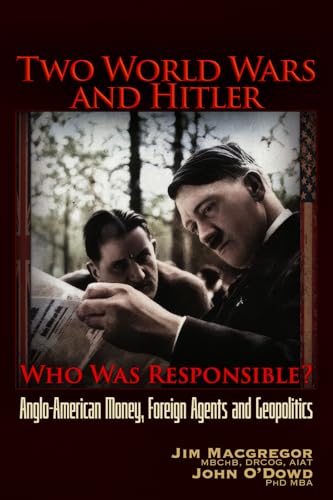
The Forgotten Front
by Gerhard P. Gross
"The Eastern Theater of World War I, 1914 - 1915"
Popularity
3.67 / 5
* A book's popularity is determined by how it compares to all other books on this website.
Where to buy?
Buy from Amazon* If you buy this book through the link above, we may receive a small commission at no extra cost to you.
The Forgotten Front by Gerhard P. Gross
Details
War:
World War I
Perspective:
Researcher
True Story:
Yes
Biography:
No
Region:
Europe
Page Count:
404
Published Date:
2018
ISBN13:
9780813175416
Description
Brief Summary
The Forgotten Front by Gerhard P. Gross offers a comprehensive exploration of World War I's Eastern Front, a theater often overshadowed by the well-documented Western Front. The book is available in English for the first time and brings together perspectives from renowned scholars across eight countries. It delves into the multifaceted impacts of the Eastern Front from 1914 to 1915, highlighting crucial military strategies, national identity formation, and the enduring consequences for future global conflicts. This work is an invaluable resource for those looking to understand the lesser-known yet pivotal events and their lasting legacy on global history.
Main Themes and Topics
One of the central themes in The Forgotten Front is the diversity of experiences across the Eastern Front. The book illuminates the complex military strategies and the significant political upheavals that shaped the course of World War I in this region. It also examines issues of national identity formation and the perception of the enemy, illustrating how these factors influenced both military and civilian populations. Contributors to the volume explore the connections between World War I's Eastern Front and subsequent global events, particularly World War II, providing a nuanced understanding of the era's geopolitical shifts. Additionally, the book discusses the experiences of prisoners of war (POWs) and the representation of the Eastern Front in various forms of media, including museums and memorials.
Writing Style and Tone
The writing style of The Forgotten Front is characterized by scholarly rigor and accessible discourse. Despite the complex subject matter, the contributors effectively balance academic depth with readability, ensuring that their insights are approachable for both scholars and general readers. The tone remains analytical and reflective throughout, allowing the gravity of the historical events discussed to resonate with the audience. The contributors' diverse backgrounds offer a rich tapestry of perspectives, providing a well-rounded exploration of the Eastern Front.









